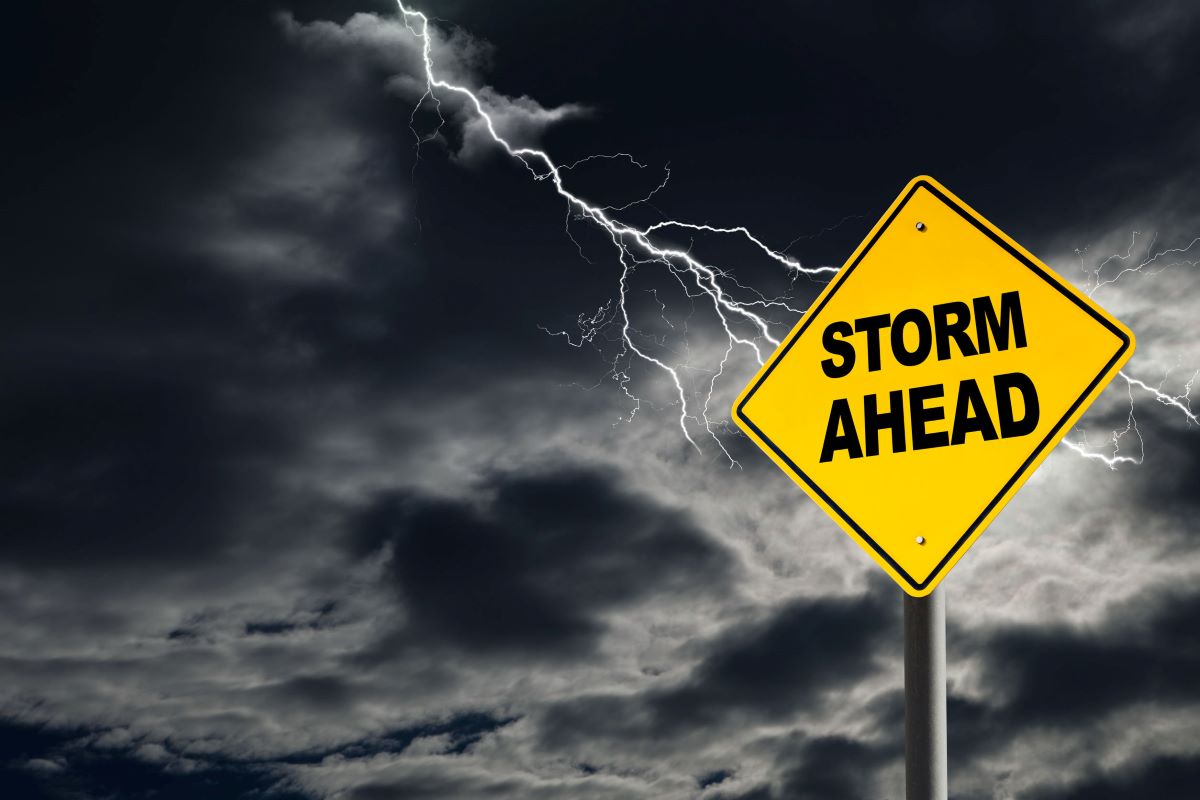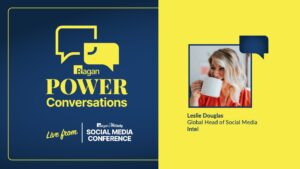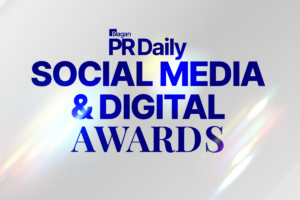How social media teams can engage supporters to prevent a crisis
Kelly Stone, senior director of digital strategy at CompTIA shares tips for managing social media channels in tough times ahead of Ragan’s Crisis Communications Virtual Conference.

The events of the past year have transformed many social media leads into de facto crisis communications specialists. The more successful of these are turning to preventative social media strategies to engage active supporters across social channels offer feedback about what audiences say about the organization.
Ahead of her panel at Ragan’s Crisis Communications Virtual Conference on June 10, we caught up with Kelly Stone, senior director of digital strategy at CompTIA, to learn how her nonprofit galvanizes its supporters, her thoughts on templates social media holding statements, where to begin with social listening efforts and more.
Ragan: How does CompTIA respond on social media to crises involving external partners or the industry it serves?
Stone: CompTIA is global, self-funded nonprofit dedicated to furthering careers and businesses in technology. We’re involved in training, testing and outreach to business owners, so our audiences and platforms are nuanced in order to reach these users where they’re already active.
We’re listening across these venues and the internet as a whole to get an outside perspective on what our stakeholders are experiencing. People have long talked about companies they love and hate. With social media we can not only listen in on those chats, but participate in a meaningful way.
Ragan: What audience engagement strategies have you developed to build goodwill among relevant audiences?
Stone: It never hurts to have a dedicated crew of supporters who aren’t on the payroll.
We have a fantastic consumer influencer manager who invests in nurturing our most vocal supporters. Additionally, we’re committed to keeping a library of success stories and feel-good news we can deploy regularly. A huge part of our social strategy involves recognizing and thanking our supporters along with lifting up the members of our community who are smashing their goals on the regular.
Ragan: Any workflow tips on crafting holding statements? Do you follow templates?
Stone: I’m not a fan of templatized social media. It increases the risk of accidentally deploying half-filled out mad libs in an already stressful time.
Instead, we have a standard operating procedure for identifying and quantifying a problem that includes who should be notified and how these items should be handled. Our primary goal throughout is to get the issue off of social media and into a private venue where we can address the problem in a heartfelt and strategic manner, then go back to our general audience with a solution and acknowledgement that is proportional to the issue.
Ragan: How do you determine what words to listen for on social when you represent a whole industry?
Stone: Definitely start with your company name and permutations of any nicknames or acronyms, as well as mascots. For some smaller organizations this may be enough to catch all the communications. Larger outfits will need to narrow the focus to your name and negative sentiment words (think the words you can’t say on TV: “sucks,” “broken,” “wrong,” “boycott,” etc.).
You may also wish to layer a geographic filter over this or score different sites based on the audiences there. For example, is a negative post on LinkedIn more problematic than Reddit? If there are any known pain points, throw those combinations into your listening software, and prioritize your notifications accordingly.
The key is to create an environment in which your notifications mean something. If you are getting 150 critical mention notifications per day, you’re far more likely to miss the two that will bubble over into a full-blown crisis.
Hear more from Kelly Stone in conversation with Department of Defense social media head David Johnston and Pace University PR professor Jennifer Magas during Ragan’s Crisis Communications Virtual Conference, June 10. Learn more and register here.








Two writers from Omnicom recently had something on PR Daily that was exceptionally good on this.